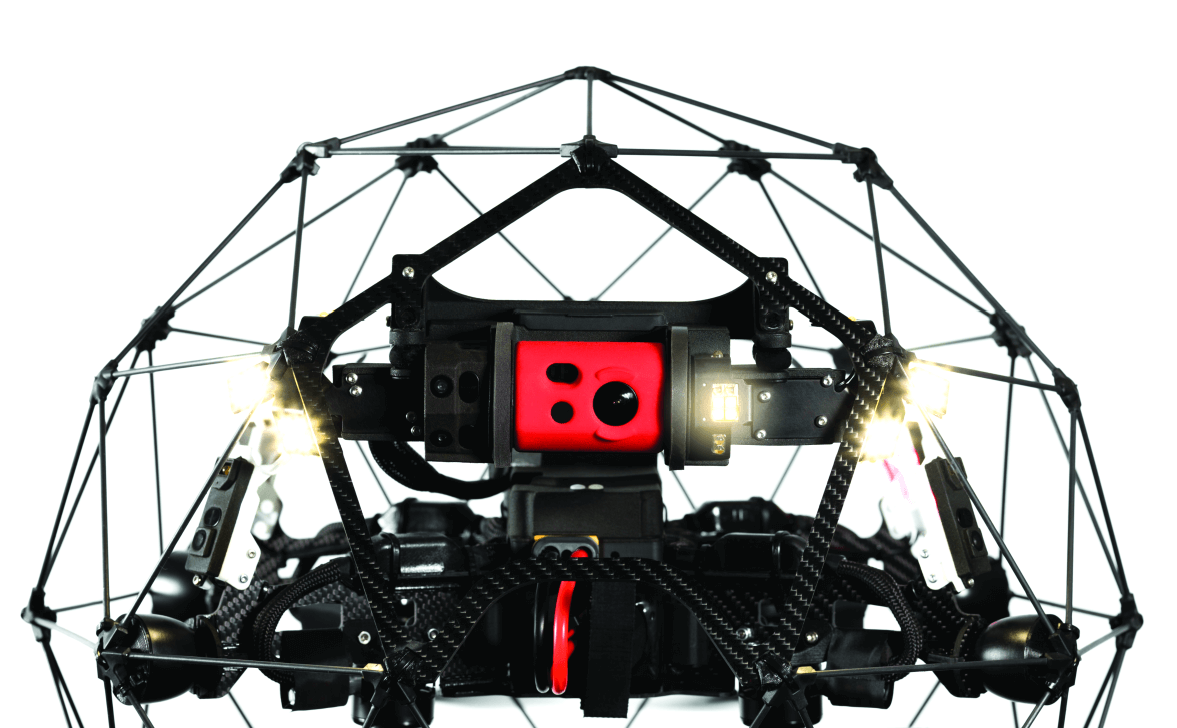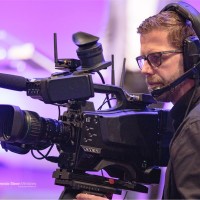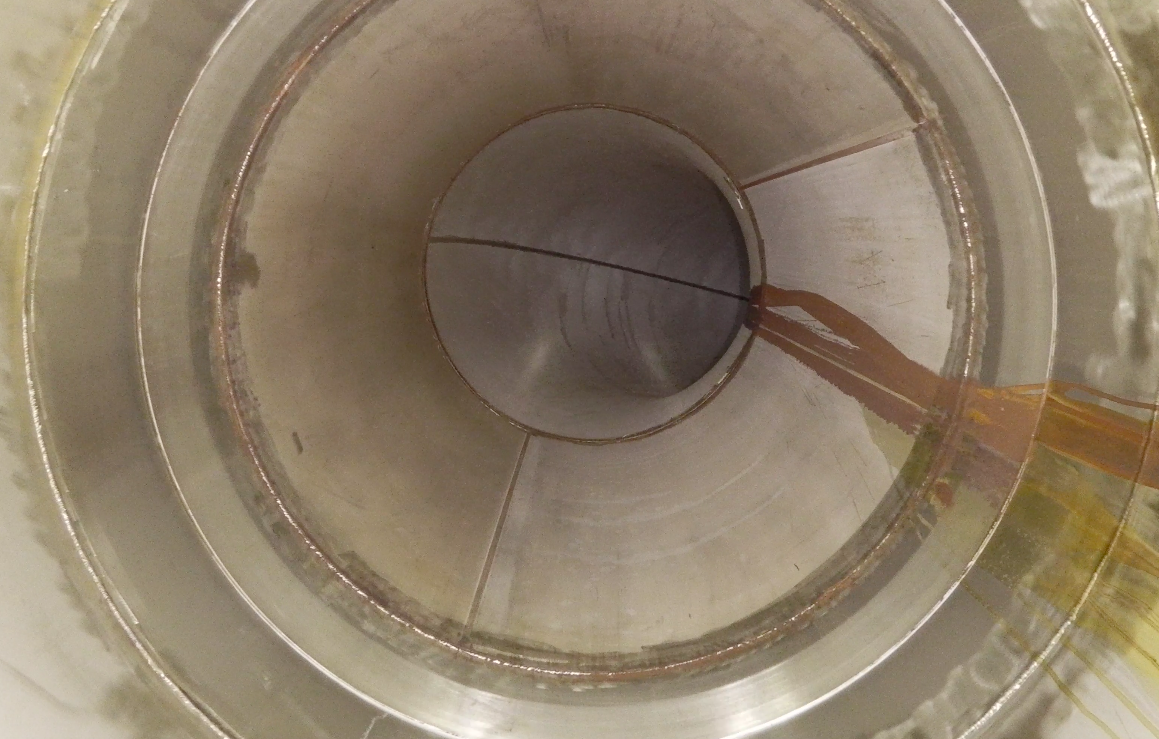How chemical company Indorama minimises safety risks with the Elios 2
Let’s talk about Polyethylene Terephthalate. There is a good chance that you’ve already been in direct contact with this stuff multiple times today. While taking a shower this very morning, during lunch, or perhaps during that gym session after work. You see, polyethylene terephthalate – better known as PET – actually so happens to be the most used type of recyclable plastic. PET finds its way in a large variety of packaging material that we use daily, such as well-known soda and water bottles.
But did you know that one out of five PET bottles world-wide starts in an Indorama production facility? With large customers like Coca-Cola, chemical company Indorama Ventures is the market leader in polyester plastic for the packaging industry. So it might very well be that the polyethylene terephthalate of this morning or earlier afternoon, actually originates from an Indorama production facility. If that’s the case, there is even a chance that drones were used to support the parts of the production process.
The challenge: visual inspections without the risks associated
Chemical companies are known for their complex production processes, and are confronted daily with numerous challenges around risk, safety, and efficiency. One of the biggest challenges are inspections that bring about safety risks due to heights, confided spaces, or dangerous substances.
An increased risk often goes hand in hand with additional precautionary measures, time intensive solutions and an increase in costs. Perhaps it doesn’t come as a surprise that the industrial sector is increasingly demanding smarter and safer inspection methods.
An excellent example of this is the so-called RTO-line, which is one piece of the ‘extensive PET-production process puzzle’. As the RTO-line is relatively small and transfers dangerous substances, inspecting the 150-meter-long pipeline visually is quite a challenge.
This can be a problem, as moisture in the pipeline can lead to corrosion over time. By performing regular visual inspections, maintenance managers can treat early-stage corrosion before it becomes a real problem. In addition, visual inspections provide a good view of the integrity from inside the pipeline.
While sending a human inside is technically feasible, it is not worth the risk and extra precautionary measures. So instead of sending someone inside the pipeline, Indorama has always made use of corrosion coupons instead. The only downside is that these coupons do not provide a visual image, and require several days of research in the lab.
In search for a new method
Indorama’s maintenance team was in need of a better way to inspect the RTO-line from the inside for moisture, corrosion and attachment points.
At first, the team considered using some kind of caterpillar track robot. But on second thought, direct contact with the interior walls was better to be avoided. In collaboration with Dronepoint, the maintenance team wanted to explore to what extent drones could help.
Elios 2: the ideal solution
For this unique assignment, Dronepoint made use of an industrial drone that is specifically designed for visual inspections in confined spaces: the Elios 2. This drone is known for its surrounding carbon fibre cage, that protects the main components from impacts and collisions.
The drone is equipped with two cameras: one 4K RGB-camera and one infrared. The drone also comes with in-built LED-lights to navigate safely in dark environments like these.

The RTO-line has a diameter of roughly 60 centimetres, and knows several twists and turns of 90 degrees. To avoid direct contact with the inside walls, the Elios drone is equipped with seven anti-collision sensors.
These sensors are set to maintain a minimum distance of 20 centimetres at all times. An added benefit is that this resulted in stable and accurate flight movements, which, in turn, lead to improved video stabilisation.
Close collaboration between Drone pilot and lead inspector
As Mechanical Reliability Engineer, Leo is responsible for the entire inspection process. As such, Leo wants to be absolutely sure that nothing is overseen – and with good reason. In order to make sure that the inspection is carried out correctly, Leo’s input during the operation is essential. After all, it is Leo who is to draw a conclusion based on the inspection results.
By means of a live video transmission, Leo was able to orchestrate the inspection in the right directions. In close collaboration with the drone pilot, he was able to adjust where needed; a little closer here; zoom in a bit further there; and sometimes, just to be completely sure, a few centimetres backwards.
After collecting all the data, the visual images were presented and discussed on a large screen in the Dronepoint Portable Command centre. Together with Leo, the images were assessed frame by frame to make sure all expectations were met. In case that Leo would have had any doubts, a second flight would have taken place.
“The industry increasingly demands for more non-intrusive inspections. We obviously cannot send someone inside the RTO-line, which makes a drone an excellent addition to the inspection process. The quality of the images is really impressive.”
Leo van Sintmaartensdijk
MECHANICAL RELIABILITY ENGINEER AT INDORAMA VENTURES
The results
The Indorama maintenance team concluded the RTO-line drone inspection to be successful. The visual element of the inspections was, after all, something that had never been possible before. And by means of the stable, high-quality images, Leo was able to perform the assessment digitally.
The maintenance team describes the use of drones as an excellent addition to the current inspection process. In collaboration with Dronepoint, the team is currently exploring more ways to broaden their inspection strategy and lower inspection and maintenance costs by means of drone technologies. In terms of the benefits:
1) Time-efficiency
Under normal circumstances, waiting for the corrosion coupons to leave the lab can take days. With the drone, this was done in less than two hours.
2) Visual data
The visual images provide new insights that allow the maintenance team to make better informed decisions.
3) Safety
The physical presence is reduced to zero.
Interested to learn what drones can do for your inspection processes? ? Feel free to get in touch for advice tailored to your situation..




